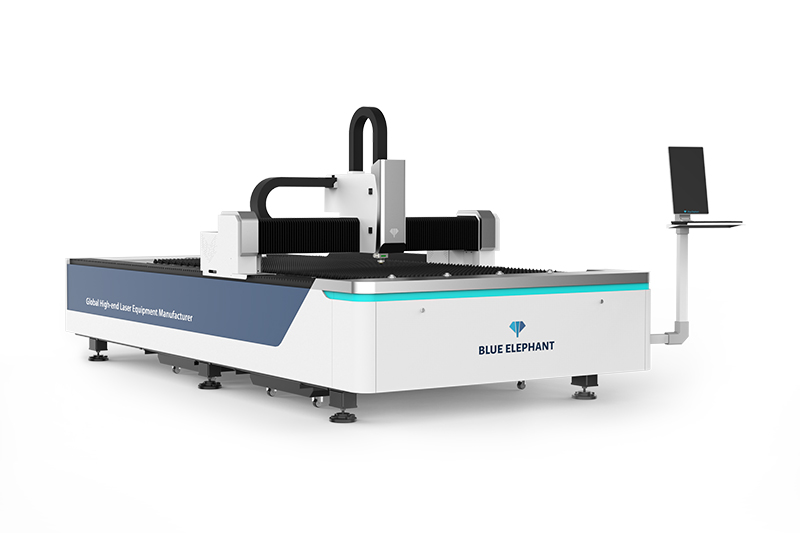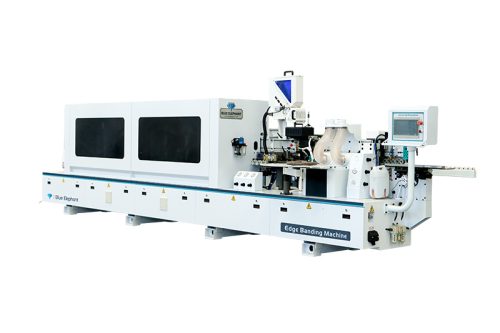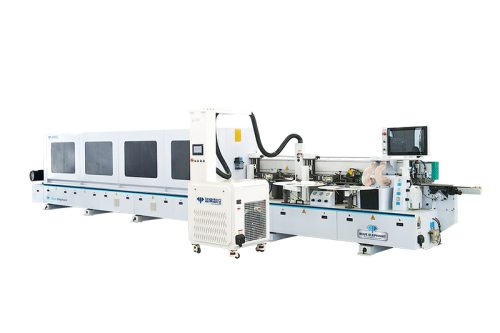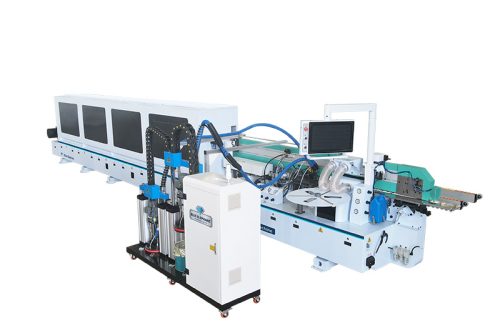Laser has revolutionized various industries from manufacturing to medicine. However, not all lasers are created equal, and selecting the right laser source for a specific application is crucial to achieving optimal results. Maybe you have read a lot of articles about laser source, but I can guarantee that this article is probably the most complete guide to laser source, covering everything you want to know. In this guide, we will delve into the considerations for choosing the right laser source across different applications.
Understanding laser source structure
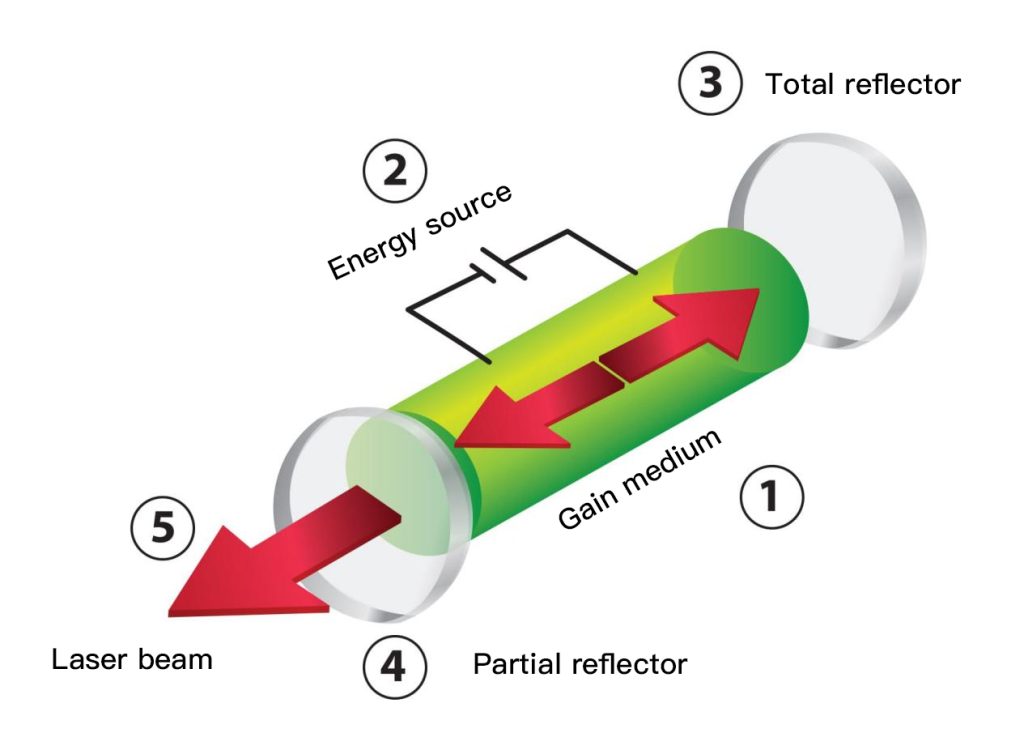
Laser source or laser generator generally includes several key components: pumping source, excitable media, reflector, and output coupler. Among them, the pumping source is an energy input system that activates the excitable media. And the excitable media provides atoms or molecules capable of undergoing stimulated emission. Reflector creates an optical resonant cavity, and the output coupler emits the laser output.
What is fiber laser source?
A laser source refers to a device that generates laser light. Laser stands for “Light Amplification by Stimulated Emission of Radiation.” It’s a type of light source that emits a coherent, focused, and monochromatic (single-wavelength) beam of light. Laser sources are used in a wide range of applications across various fields, including science, medicine, industry, communications, entertainment, and more.
How does the laser source work?
The basic principle of a laser source involves stimulating atoms or molecules to emit light in a specific wavelength range. This emission is achieved through a process called stimulated emission, which occurs when photons (particles of light) interact with excited atoms, causing them to release additional photons that are in phase and aligned with the original photons. This process creates a concentrated and highly directional beam of light.
Types of fiber laser source
According to the working mode, it can be divided into continuous fiber laser, quasi-continuous fiber laser and pulsed fiber laser.
Continuous fiber laser source
CW fiber lasers produce continuous, stable laser output, that is, the laser beam is continuously output at a constant power without significant pulses. This laser is suitable for applications that require a stable, high-quality beam, such as laser cutting, laser welding, laser marking, scientific research, etc. The output power of a CW fiber laser can range from a few watts to several kilowatts, depending on the laser design and application requirements.
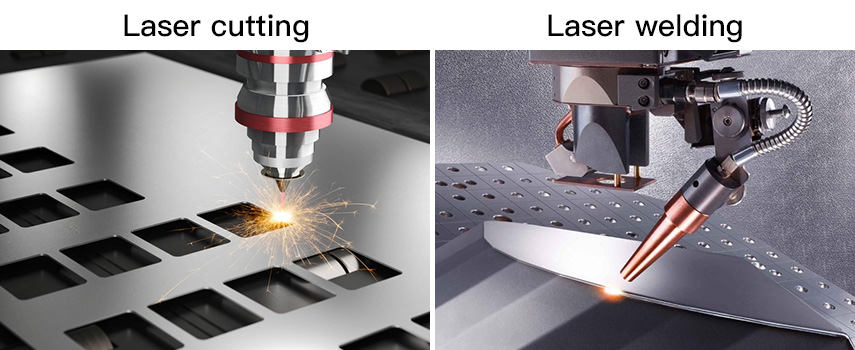
Quasi-Continuous fiber laser source
Quasi-CW fiber lasers produce pulsed laser output with a lower repetition rate and shorter pulse durations than CW fiber lasers. QCWFL is especially useful in some applications that require peak power but not continuous output, such as radar, medical laser therapy, laser drilling, etc. It typically delivers higher pulsed peak power, but lower average power than CW fiber lasers due to the spacing between pulses.
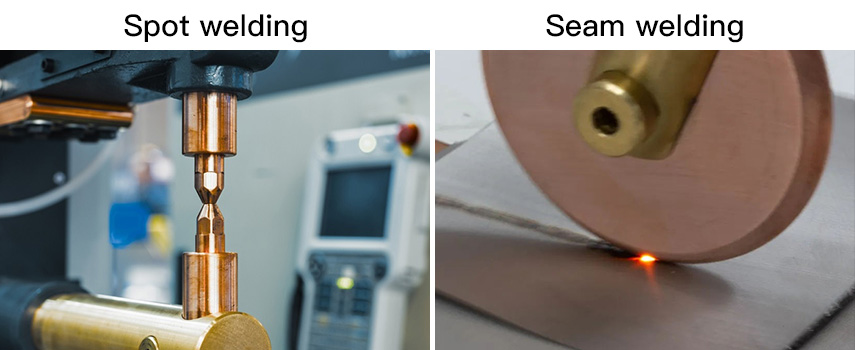
Pulsed fiber laser source
Pulsed fiber lasers generate very short-duration pulse outputs, typically in the picosecond, femtosecond, or even sub-femtosecond range. These pulses have extremely short durations, resulting in very high peak power. Pulsed fiber lasers are commonly used in applications requiring high peak power and ultrafast pulses, such as laser processing, ultrafast optical research, nonlinear optical experiments, laser spectroscopy, etc.
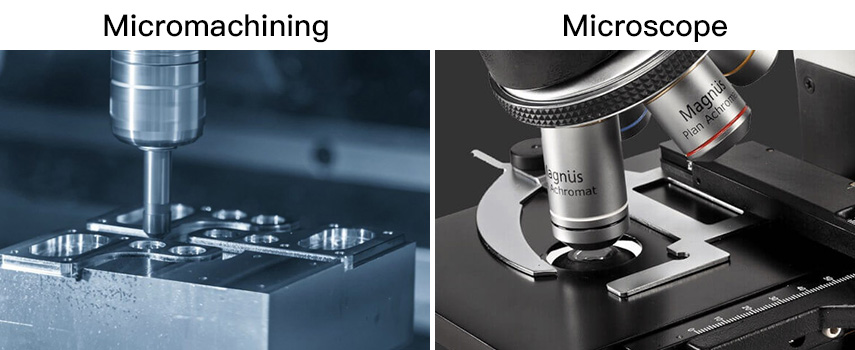
Infrared Fiber Laser and Visible Light Fiber Laser are two types of fiber lasers classified based on their operating wavelength ranges.
Visible light fiber laser source
A visible light fiber laser operates within the visible light wavelength range. Visible light is the spectrum that is perceptible to the human eye, with wavelengths usually ranging from about 380 nanometers to 750 nanometers. Visible light fiber lasers play a crucial role in applications such as laser displays, optical communication, optical imaging, life sciences research, and more. They are used in display technologies, laser projection, fluorescence imaging, microscope imaging, and a wide range of other applications.

Infrared fiber laser source
An infrared fiber laser operates within the infrared wavelength range. Infrared light is generally not visible to the human eye and typically spans wavelengths from around 700 nanometers to 1 millimeter. Infrared fiber lasers find widespread applications in fields such as research, medical procedures, communication, and more. They are used in medical surgeries, material processing, remote sensing, infrared spectroscopic analysis, and various other domains.
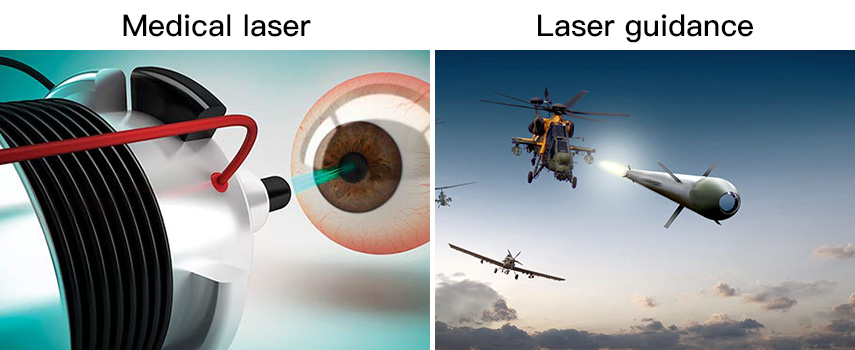
Top 10 Influential Laser Companies & Brands
People think that the famous and influential laser brands will be more reliable. So what are the top ten most popular brands on the market right now? Come with me to find out.
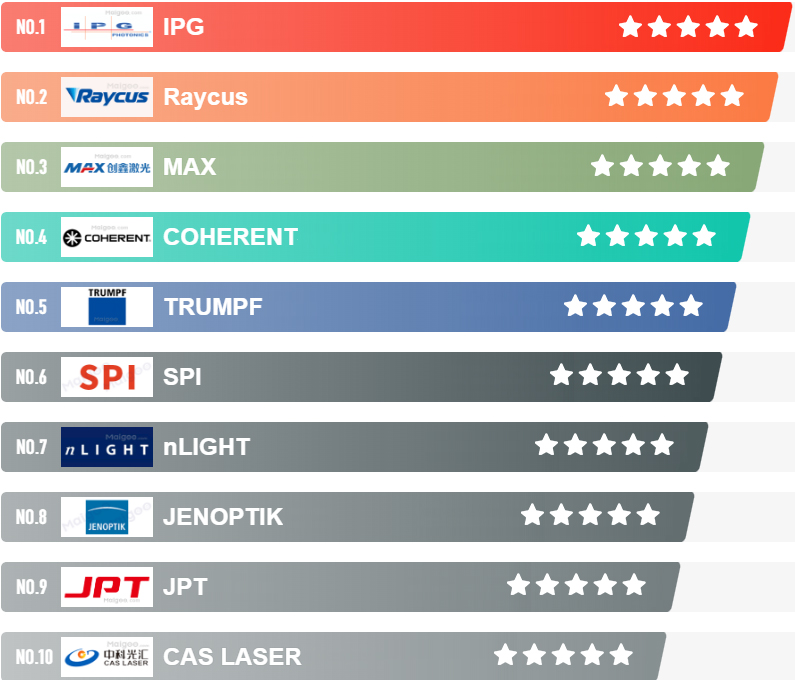
IPG
IPG is a global leader in high-power fiber lasers and amplifiers. They have a strong presence in industrial, materials processing, and medical applications.
Raycus
Raycus Laser is a Chinese company specializing in the R&D, manufacturing and marketing of high-power fiber lasers and related products. It enjoys a good reputation in the laser industry for its high-efficiency and high-quality lasers, and has a wide range of customers and partners around the world. Blue Elephant CNC Machinery Co., Ltd. has carried out in-depth cooperation with it. The following are Blue Elephant fiber laser cutting machines and welding machines that use Raycus fiber lasers.
Maxphotonics
Maxphotonics is a major player in the field of laser manufacturing, offering a wide range of laser products including fiber lasers and laser systems.
COHERENT
COHERENT is a well-established company providing lasers and laser-based solutions for various industries, including scientific, commercial, and industrial applications.
TRUMPF
TRUMPF is a prominent name in the laser industry, offering a comprehensive portfolio of laser systems for industrial applications, including laser cutting and welding.
SPI
SPI Lasers specializes in fiber lasers and laser application solutions for marking, welding, cutting, and more.
nLIGHT
nLIGHT focuses on developing high-power semiconductor lasers used in industrial, defense, medical, and scientific applications.
JENOPTIK
JENOPTIK offers a wide range of laser technologies, including solid-state lasers, diode lasers, and fiber lasers, serving industries like automotive, electronics, and healthcare.
JPT
Founded in 2006, JPT is a national high-tech enterprise integrating R&D, production and sales of lasers, laser optical intelligent equipment and optical fiber devices.
CAS LASER
CAS LASER is based on the comprehensive laser processing equipment system with fiber laser as the core technology, and is actively committed to using international advanced technology to develop and industrialize high-quality fiber laser with independent intellectual property rights.
Words at Last
In conclusion, laser technology is undoubtedly a dazzling star in the field of modern science and engineering. Laser generators have demonstrated their great application potential in countless fields. Whether in medical diagnosis, communication technology, material processing or scientific research, laser generators play an indispensable role. If you want to get more information about laser technology, laser accessories and laser machines, please don’t hesitate to click to place an order and consult!


